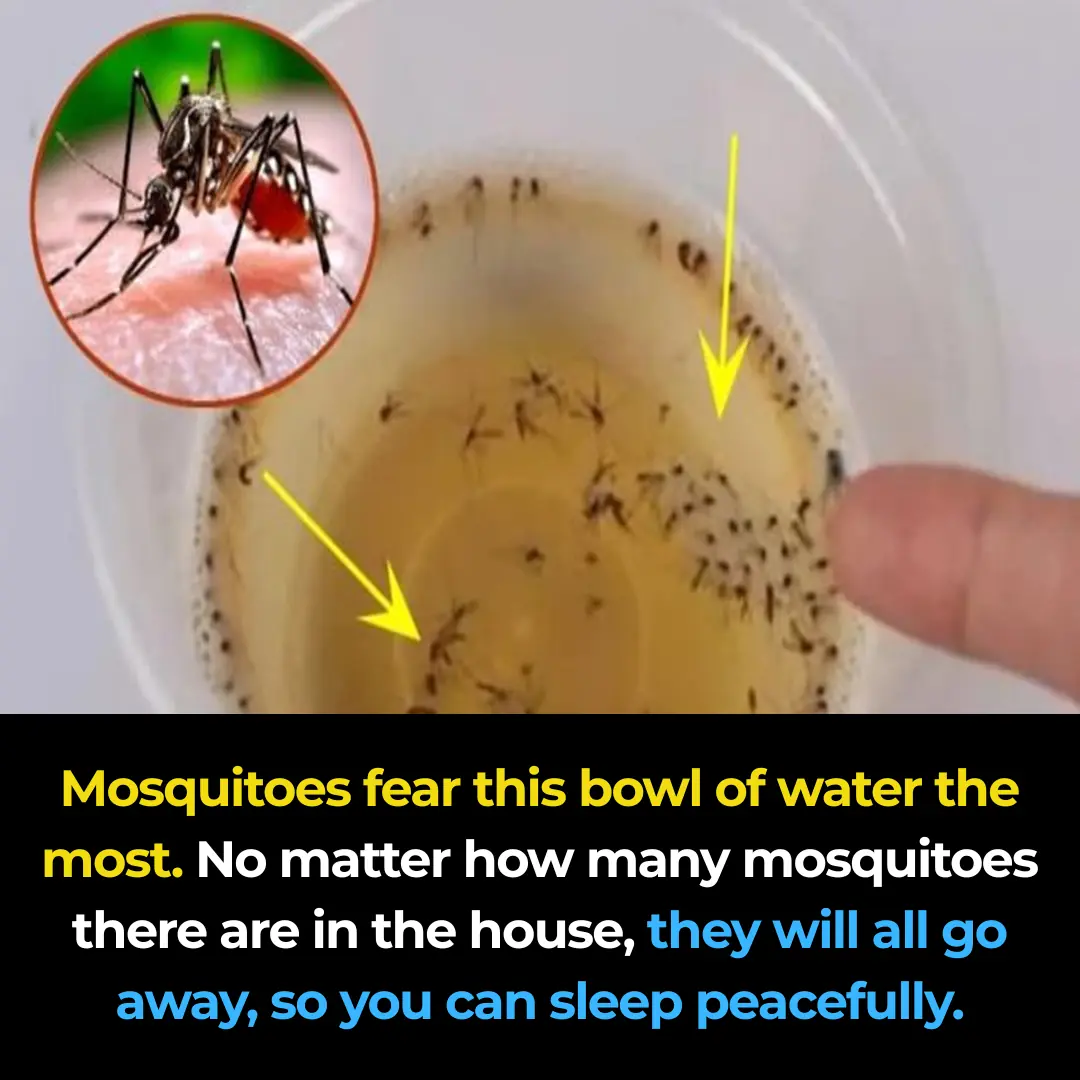
The pan has lost its non-stick coating, don't throw it away: If you do this, frying will never break or stick to the pan.

How to Prevent Food from Sticking to Your Pan – Simple and Effective Tips
Over time, both regular pans and non-stick pans often begin to lose their slick surface, causing food to stick while frying or even stir-frying. This can be frustrating and make cooking less enjoyable. So, how can you prevent your pan from sticking? Below are some simple, practical tips you can try right away at home.
Why Do Pans Lose Their Non-Stick Ability?
Nowadays, non-stick pans have made frying and cooking much easier thanks to their special coating. However, after long use, this coating tends to wear off. As a result, even simple dishes like fried eggs or fish may stick and fall apart, reducing both appearance and flavor.
The good news is, you don’t have to immediately throw away an old pan when the non-stick coating fades. By applying a few traditional tricks, you can continue to use your pan effectively while saving money.
Quick Hack for a Pan That Has Lost Its Non-Stick Coating
Most non-stick cookware is coated with Teflon (also known as PTFE – polytetrafluoroethylene). This transparent material was discovered by accident in 1938 and was initially used in the military. By 1951, it had become widely applied in cookware, creating a waxy-smooth, easy-to-clean surface that transformed modern kitchens.
While high-quality non-stick coatings are generally safe, they should not be overheated. Scientists advise replacing a non-stick pan every 2–3 years to avoid potential health risks and to maintain cooking quality.
If you want to extend the life of your cookware or simply use your current pan a bit longer, try this simple three-step method:
Step 1: Heat your dry pan over the stove. Test by dropping in a spoonful of water—if it sizzles and quickly evaporates, the pan is ready.
Step 2: Pour in some cooking oil or animal fat. Allow the oil to heat until it starts to bubble slightly.
Step 3: Add your food (such as fish or eggs) and begin frying.
✅ Pro tip: Always pat fish fillets or meat completely dry before cooking. If excess water remains, it will cause oil to splatter and increase sticking.
How to Use a Non-Stick Pan Correctly and Safely
To keep your non-stick pan in good condition and maximize its lifespan, here are essential do’s and don’ts:
1. Clean with coffee when new
When you first buy a non-stick pan, wash it with dish soap, then heat a small amount of coffee in it before rinsing again. This trick removes odors from the coating and “primes” the surface.
2. Add oil before heating
Always pour oil into the pan before placing it on the heat. Adding oil after the pan is already hot can damage the non-stick layer and reduce its effectiveness.
3. Cook on low to medium heat
Avoid high heat, which can break down the coating and release harmful fumes. Cooking at medium or low temperatures not only protects your pan but also preserves the nutritional quality of your food.
4. Avoid grilling or stewing in the pan
Non-stick pans are not designed for long, high-temperature cooking such as braising or baking. Prolonged heat accelerates damage and causes the coating to flake.
5. Never use in the oven
Manufacturers strongly warn against placing non-stick pans in ovens. Extreme heat will ruin the coating and may contaminate your food.
6. Don’t add salt or sauces while pan is hot
Adding fish sauce, soy sauce, or salt directly while cooking can corrode the coating. Always season your dish after removing food from the pan.
7. Use the right utensils
Avoid sharp or metallic utensils such as forks, knives, or metal spatulas. Instead, use wooden chopsticks, bamboo tools, or silicone spatulas to protect the surface.
8. Don’t preheat the pan empty
Heating an empty non-stick pan to very high temperatures will quickly damage the surface. Only heat it until dry, then add oil.
9. Clean gently
Non-stick pans are easy to wash—just use the soft side of a sponge with mild soap. Avoid harsh scrubbing pads, which can scratch or peel the coating.
10. Don’t store food in the pan
Leaving food in a non-stick pan for too long allows acid and moisture to attack the coating, shortening its life. Transfer leftovers into glass or ceramic containers instead.
Final Thoughts
A good non-stick pan can save you time, reduce oil consumption, and make cooking much more enjoyable. But to truly benefit, you need to care for it properly. By following the simple tips above—such as adding oil before heating, cooking at the right temperature, and avoiding harsh scrubbing—you can extend the lifespan of your cookware and ensure healthier, tastier meals for your family.
Remember: a little attention and care in the kitchen not only protects your pans but also protects your health.
News in the same category

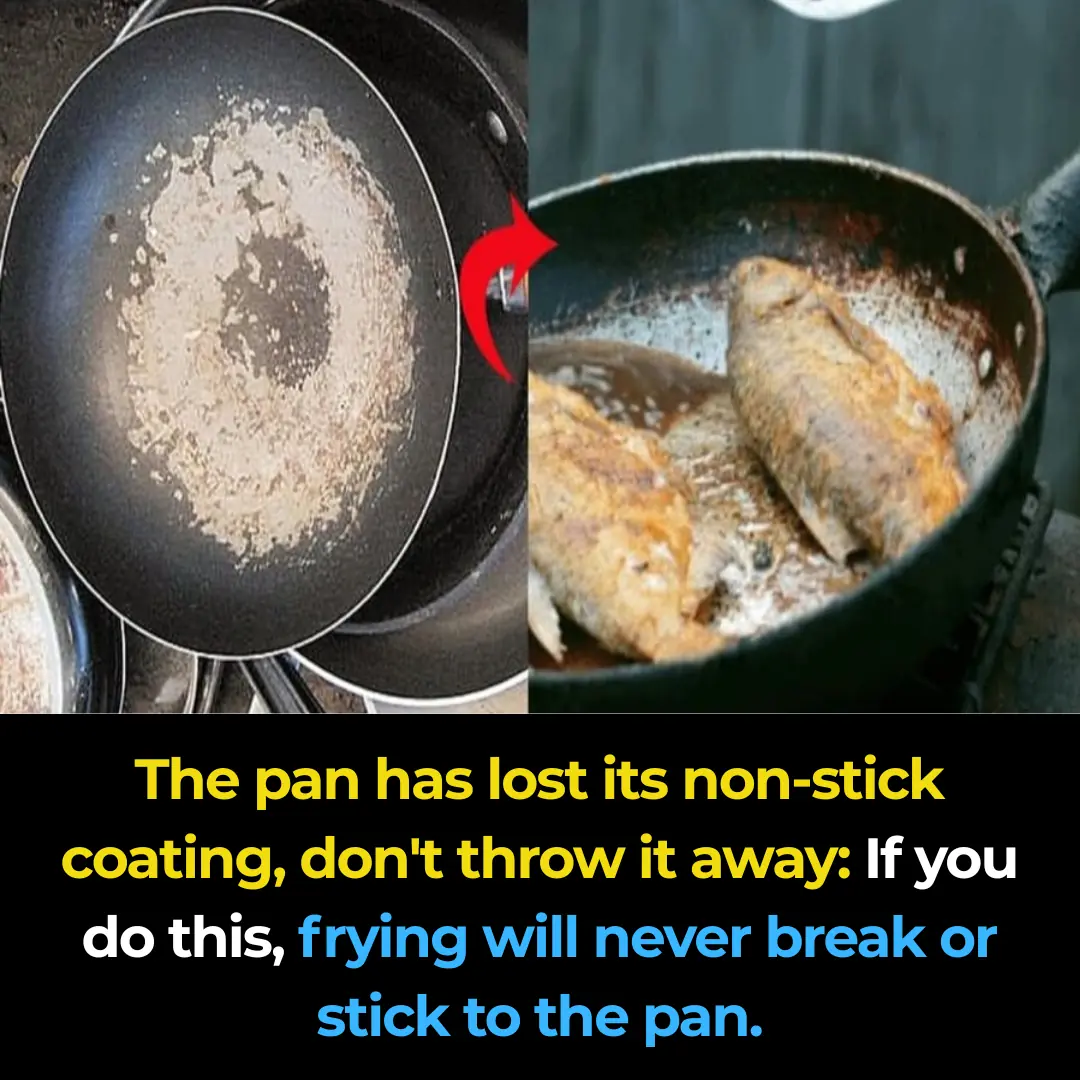
When your pan loses all its non-stick coating, don’t throw it away just yet: Do this and your frying will never stick or fall apart again
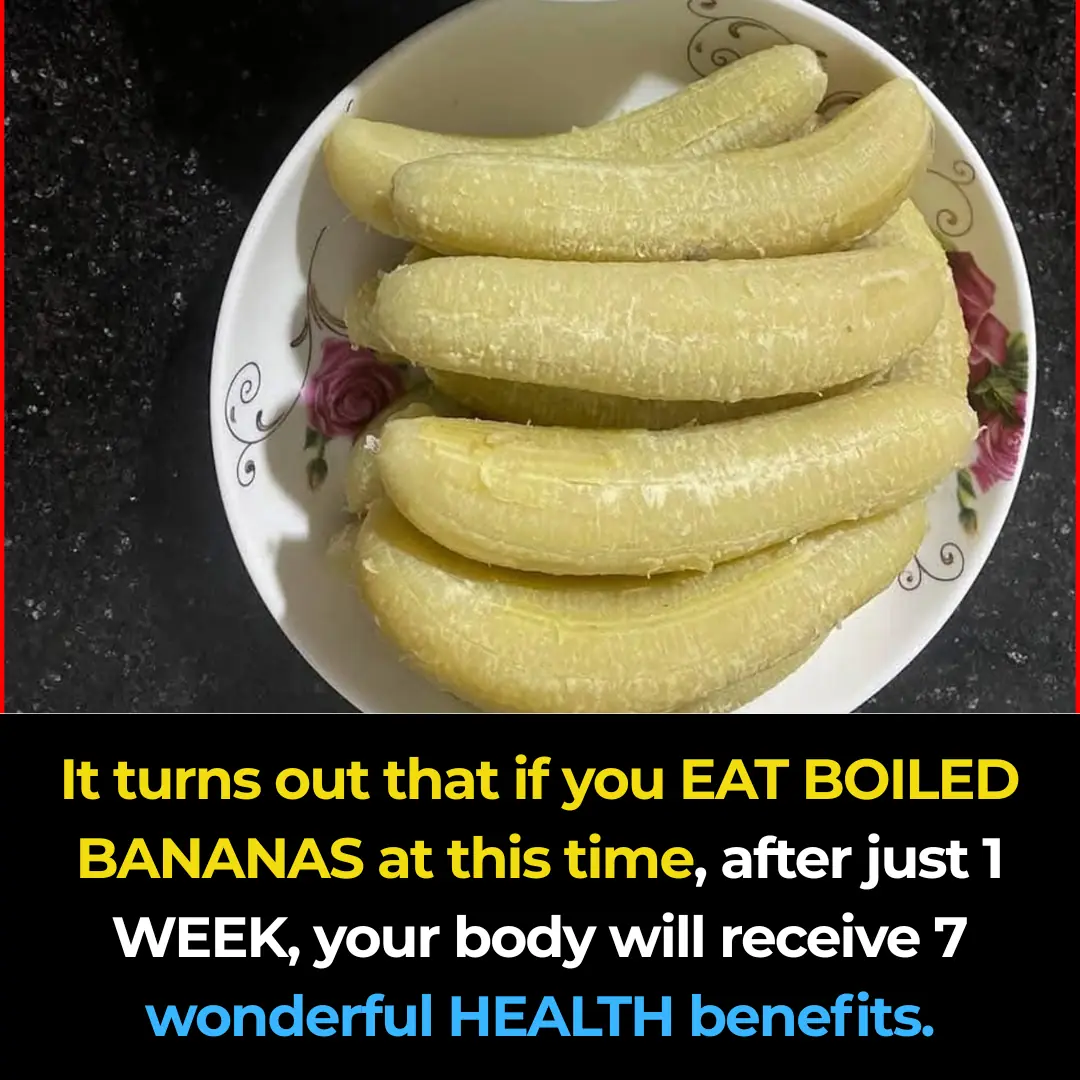
Eat boiled bananas at this time, and after just one week your body will experience 7 changes: excess fat melts away and your skin becomes smoother and brighter

Tips Every Traveler Should Follow

Why Do Flight Attendants Often Carry a Banana on the Plane? It Turns Out It's for This Purpose
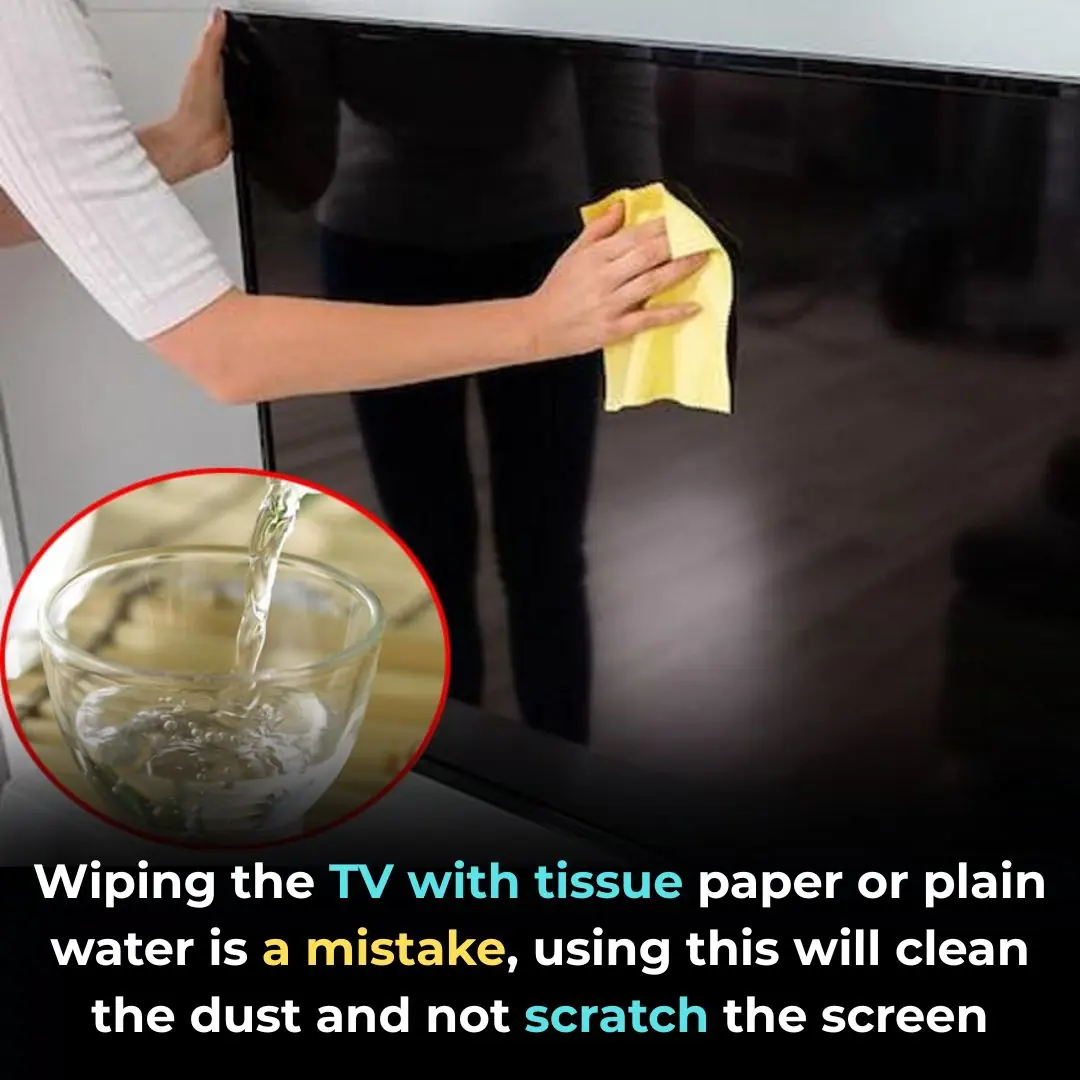
Cleaning Your TV Screen with Tissue Paper or Plain Water is a Mistake — Use This Method for Dust-Free, Scratch-Free Screens
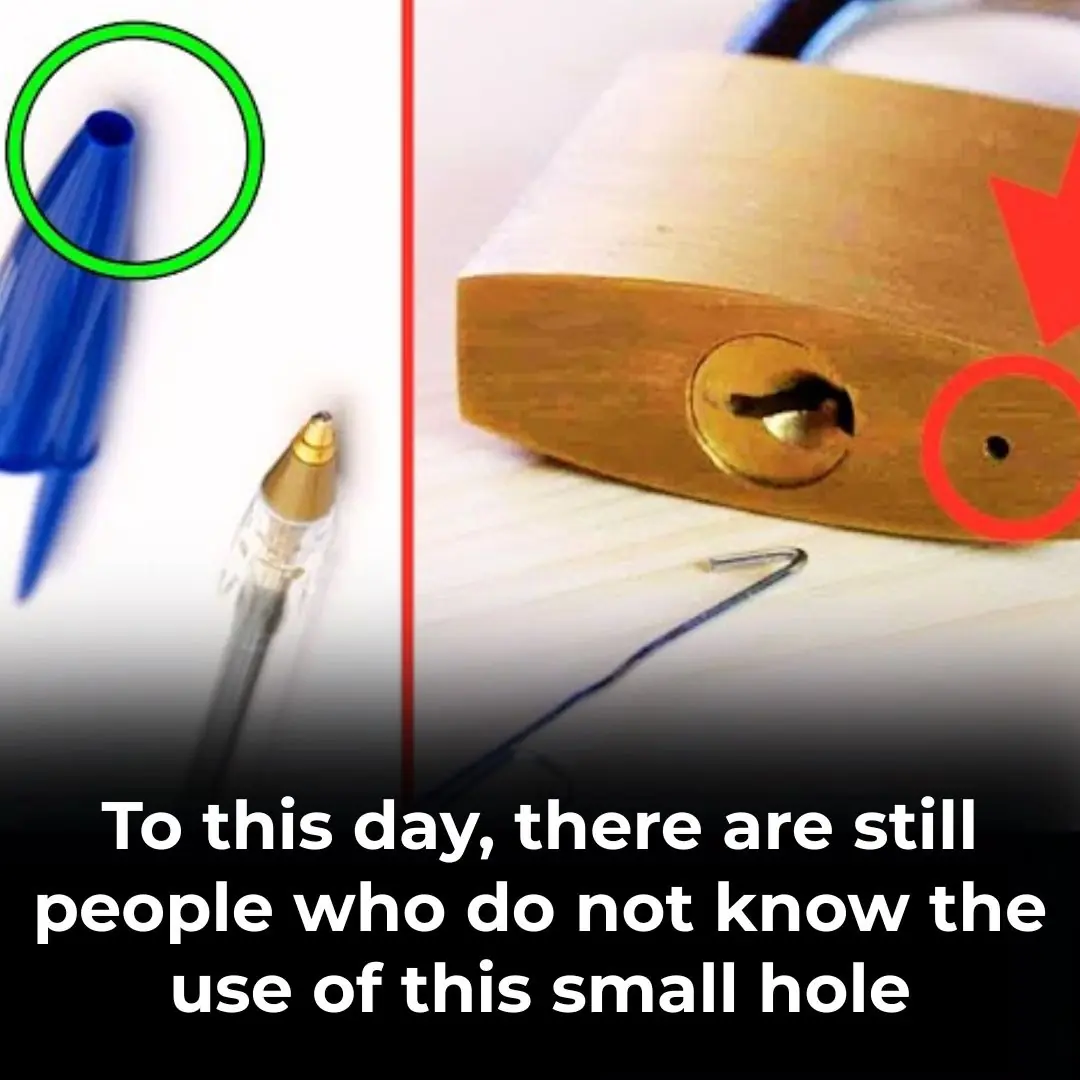
The Uses Of This Small Hole On a Padlock
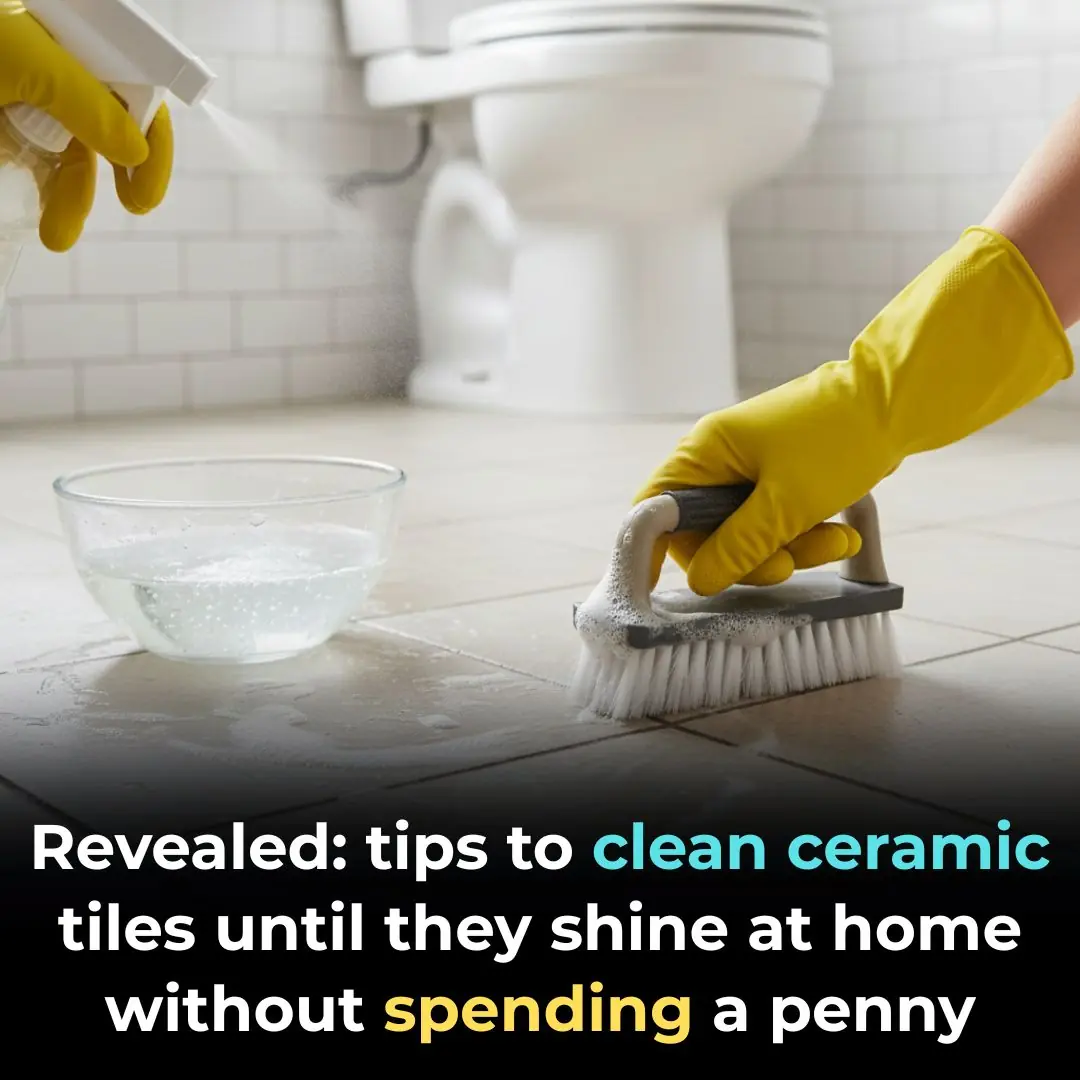
Tips for cleaning shiny enamel at home
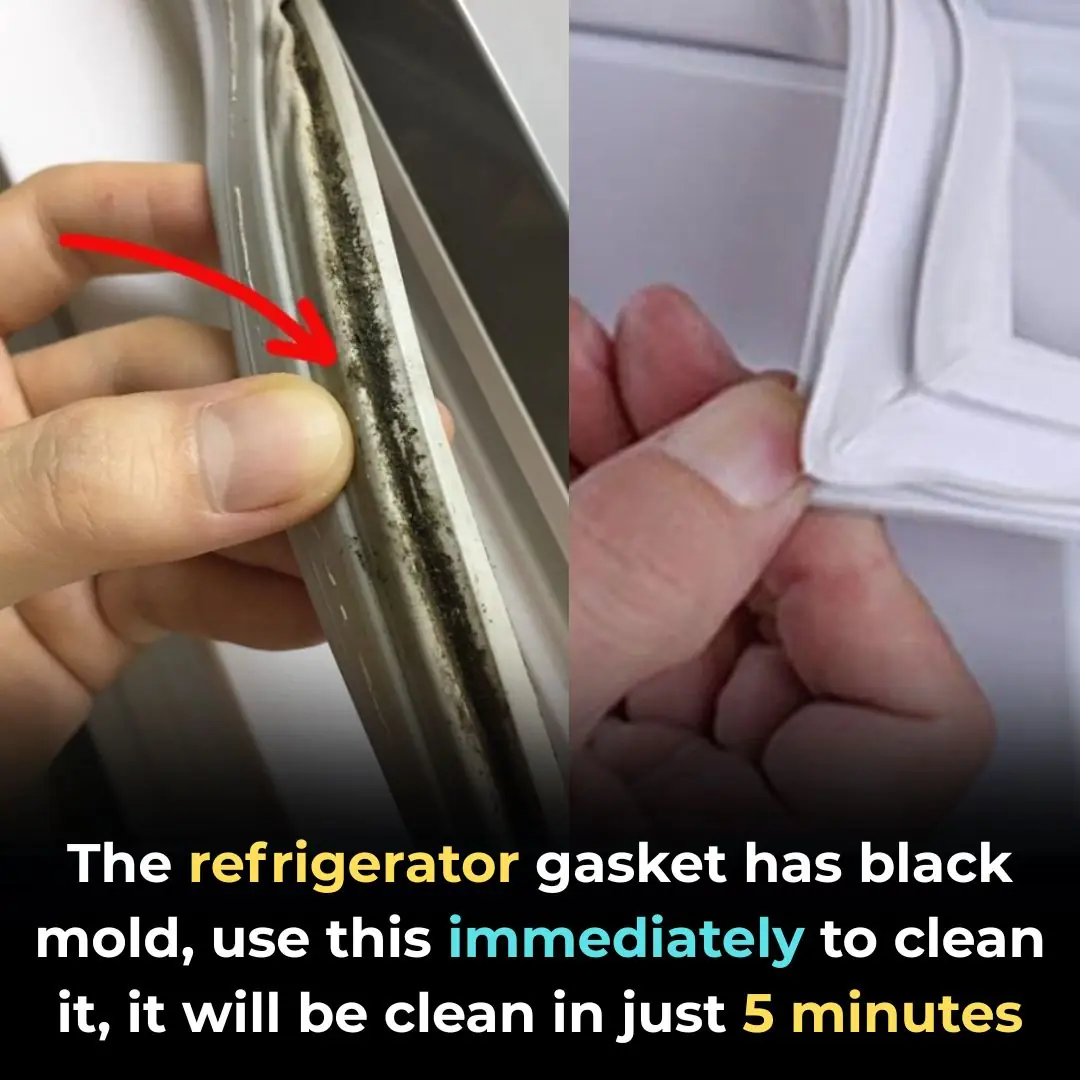
The refrigerator gasket has black mold, use this immediately to clean it, it will be clean in just 5 minutes

On the washing machine there is a "secret button", one touch helps cut electricity bills by 62%

Grilling a piece of steel brush on fire, has unexpected uses, most people will regret it.
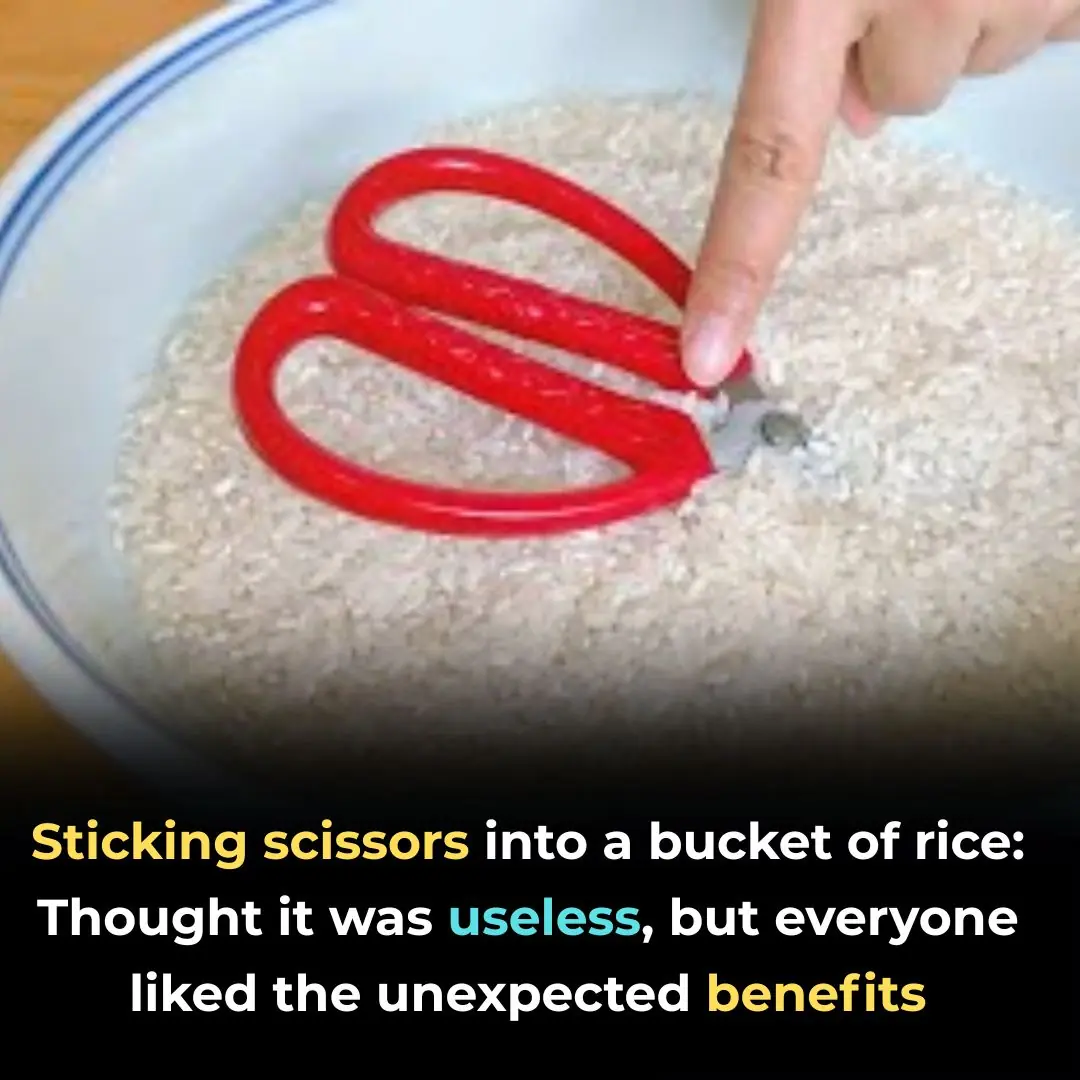
Sticking scissors into a bucket of rice: Thought it was useless, but everyone liked the unexpected benefits

Why should you not close the door when turning on the air conditioner? Knowing the reason, I immediately followed

This is why you absolutely should not leave water bottles in your car

Dirty cobwebs all over the ceiling, just do this way and it will be clean, no need to sweep
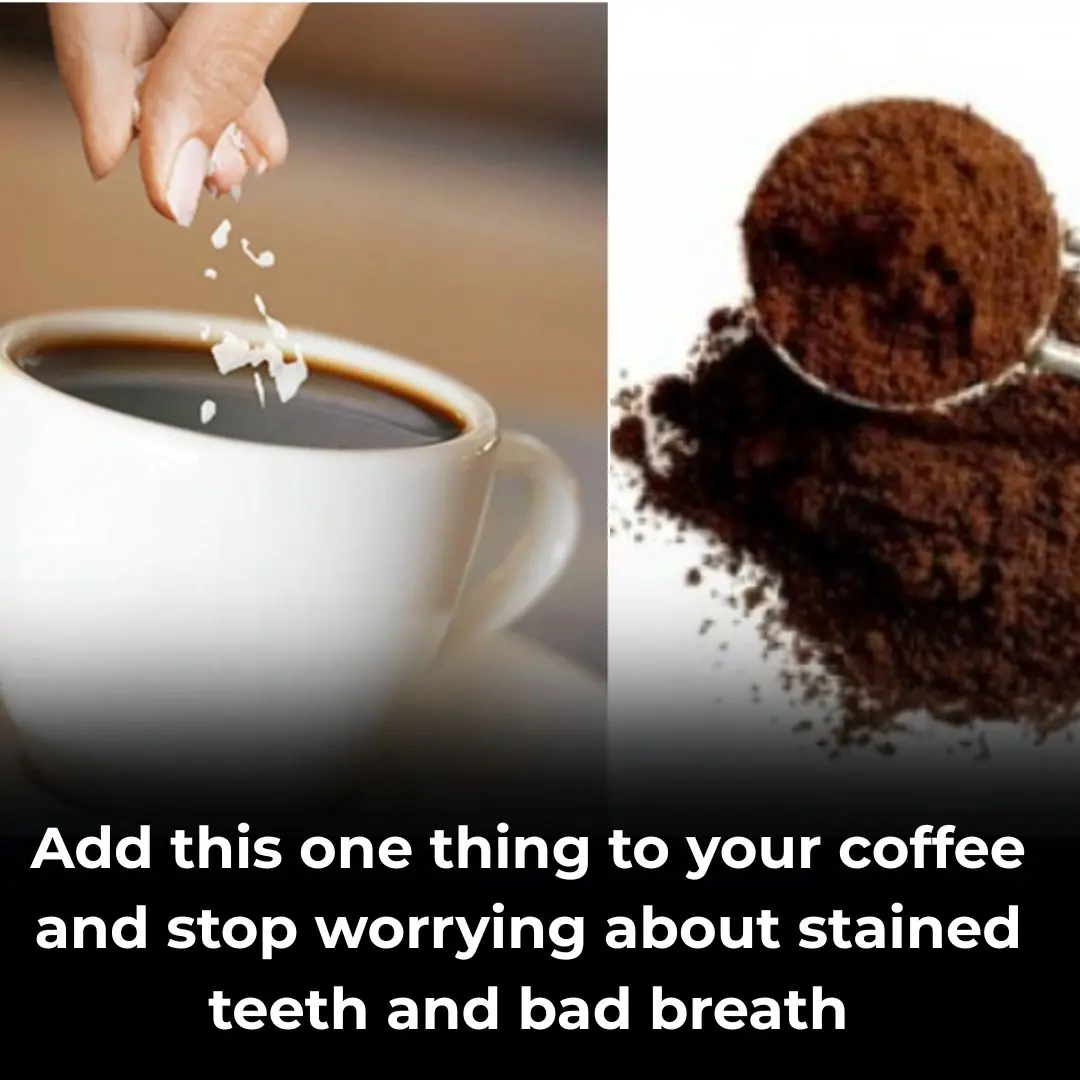
Why does drinking coffee cause tooth staining and bad breath
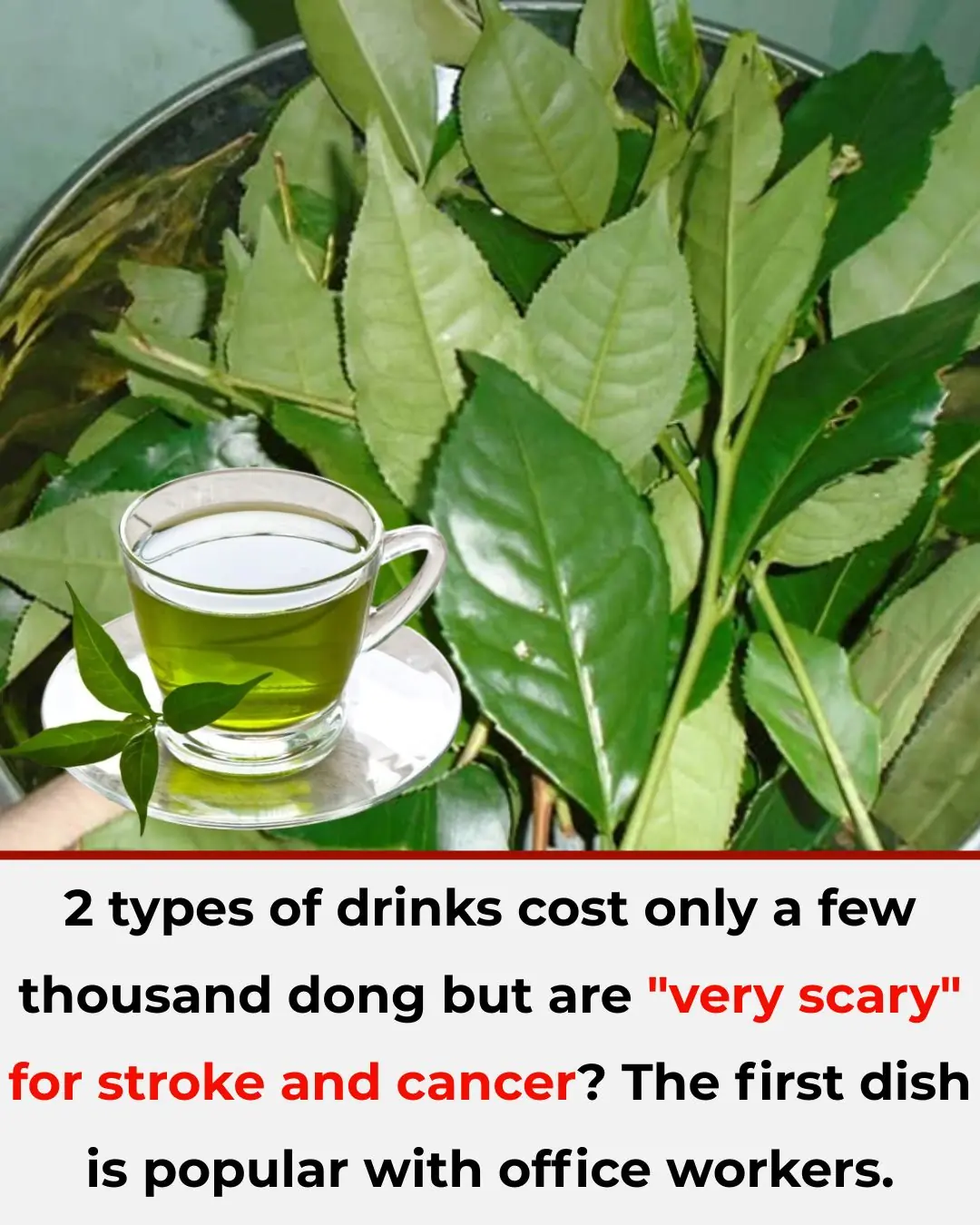
2 types of drinks cost only a few thousand dong but are "very scary" for stroke and cancer? The first dish is popular with office workers.
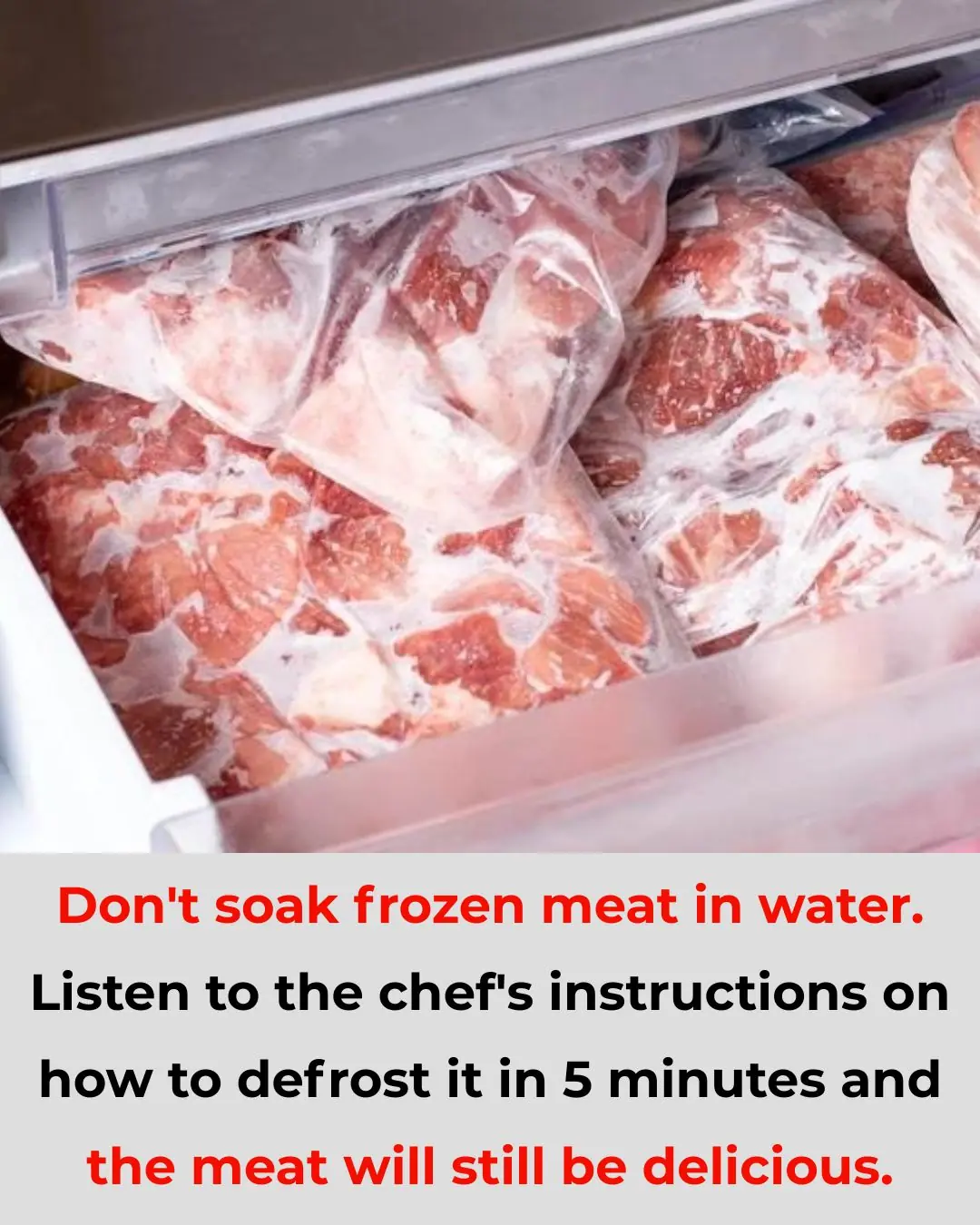
Don't soak frozen meat in water. Listen to the chef's instructions on how to defrost it in 5 minutes and the meat will still be delicious.
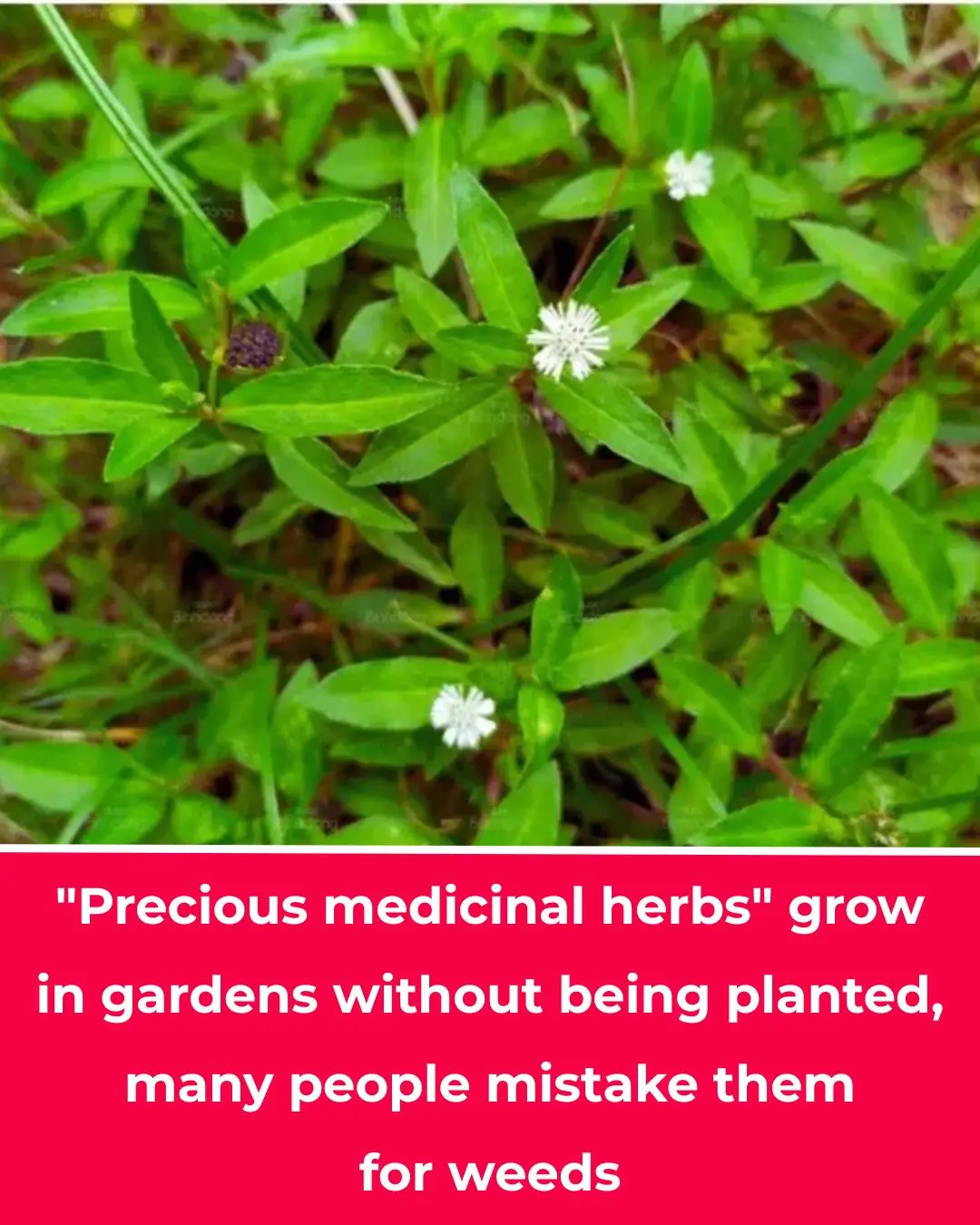
"Precious medicinal herbs" grow in gardens without being planted, many people mistake them for weeds
News Post

My Brother Banned Me from Speaking at Our Mother’s Funeral, Saying ‘No One Wants to Hear from the Adopted One’ — He Never Expected What Happened Next
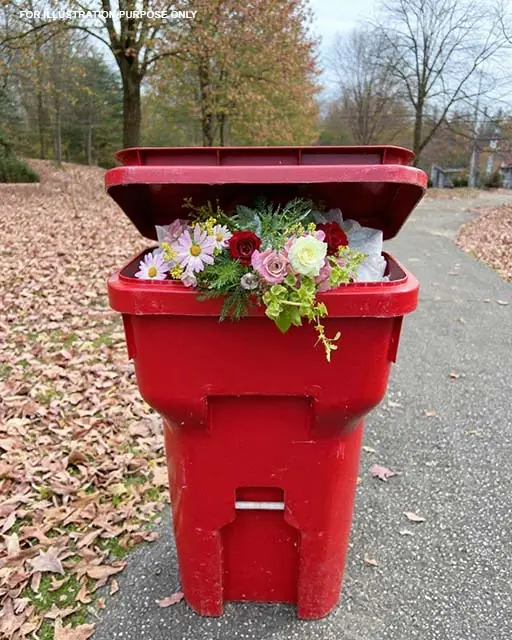
Bride Walked Down the Aisle Smiling — But After Finding a Note Hidden in Her Bouquet, She Turned Around and Ran from the Wedding

9 Months Pregnant, My Husband Threw Me Out for Another Woman, But I Got the Last Laugh

The Man Who Became a Swan Shepherd.

A Valentine’s Gesture That Touched an Entire Community.

A Prom Night 76 Years in the Making.

The Truth About the Thigh Gap: And Why You Don’t Need One to Feel Beautiful

Mosquitoes fear this bowl of water the most—place it in your home and no matter how many mosquitoes there are, they’ll all disappear, letting you sleep peacefully

When your pan loses all its non-stick coating, don’t throw it away just yet: Do this and your frying will never stick or fall apart again

Eat boiled bananas at this time, and after just one week your body will experience 7 changes: excess fat melts away and your skin becomes smoother and brighter
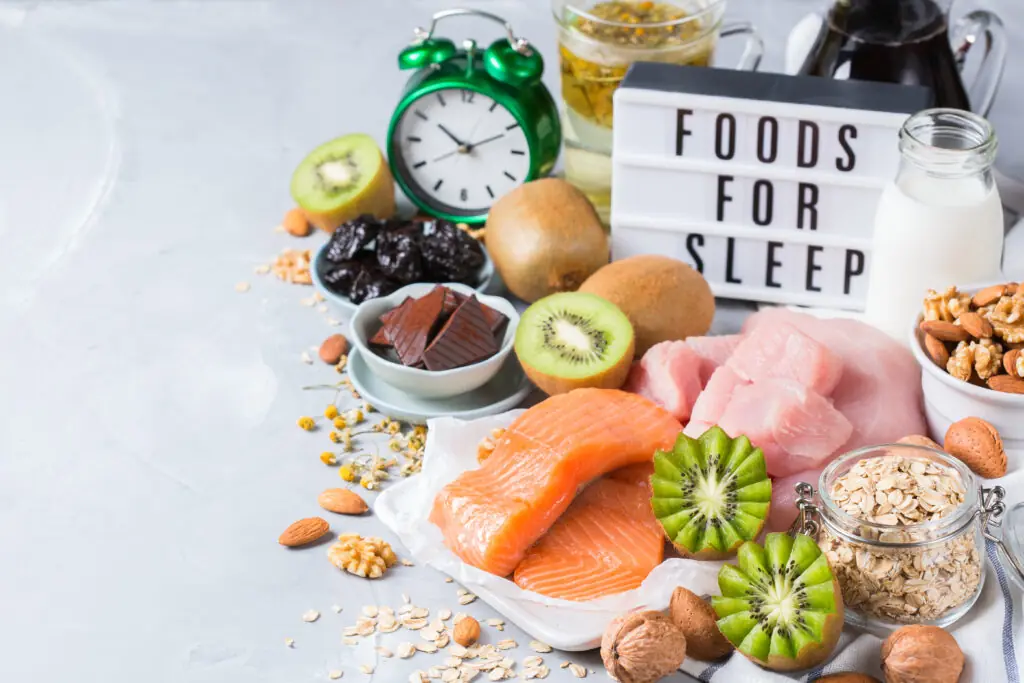
12 Foods With Melatonin You Should Include In Your Dinners To Sleep Like A Baby

White Tongue: What It Means and What You Can Do About It
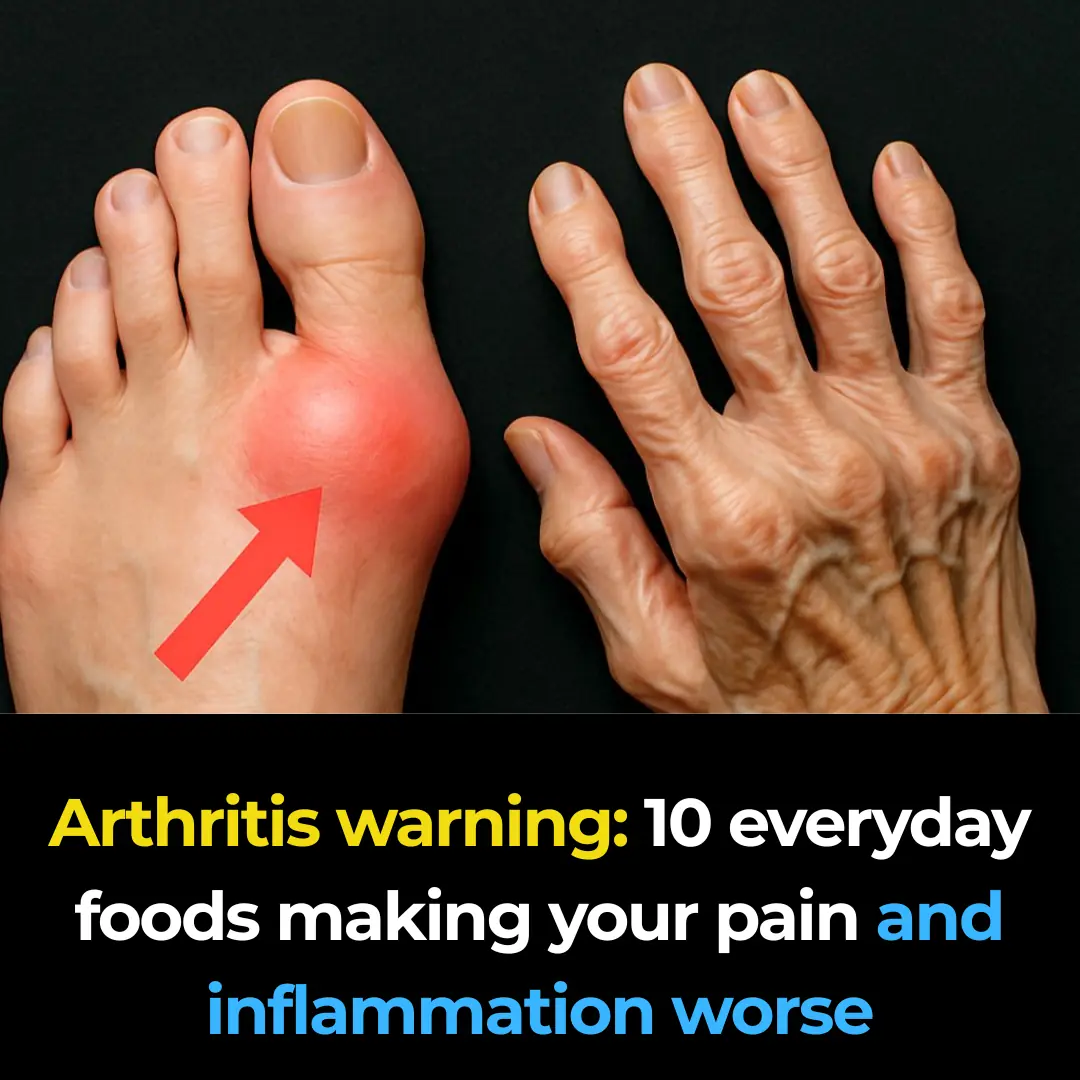
Arthritis warning: 10 everyday foods making your pain and inflammation worse
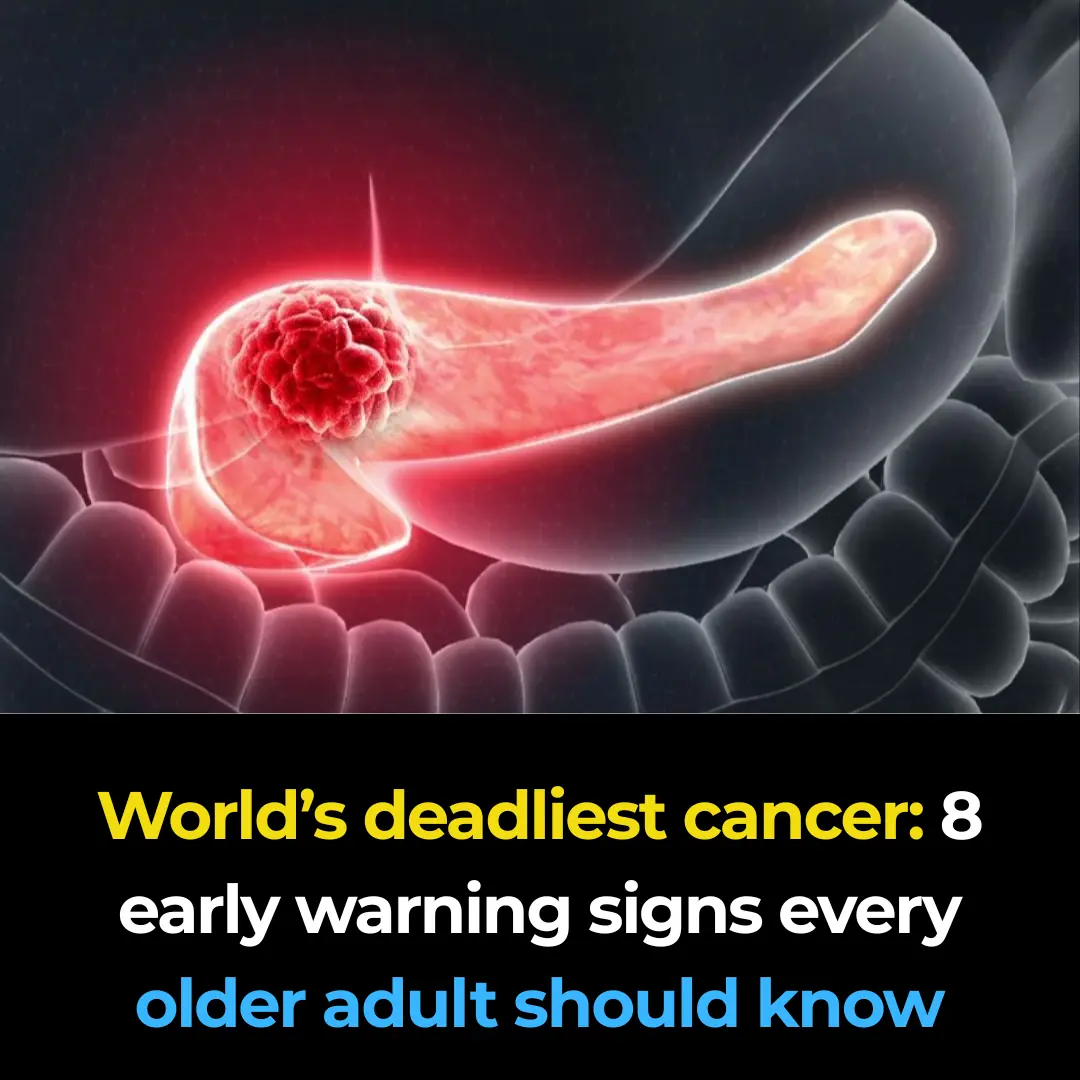
World’s deadliest ca:ncer: 8 early warning signs every older adult should know

The Truth About the Thigh Gap: And Why You Don’t Need One to Feel Beautiful
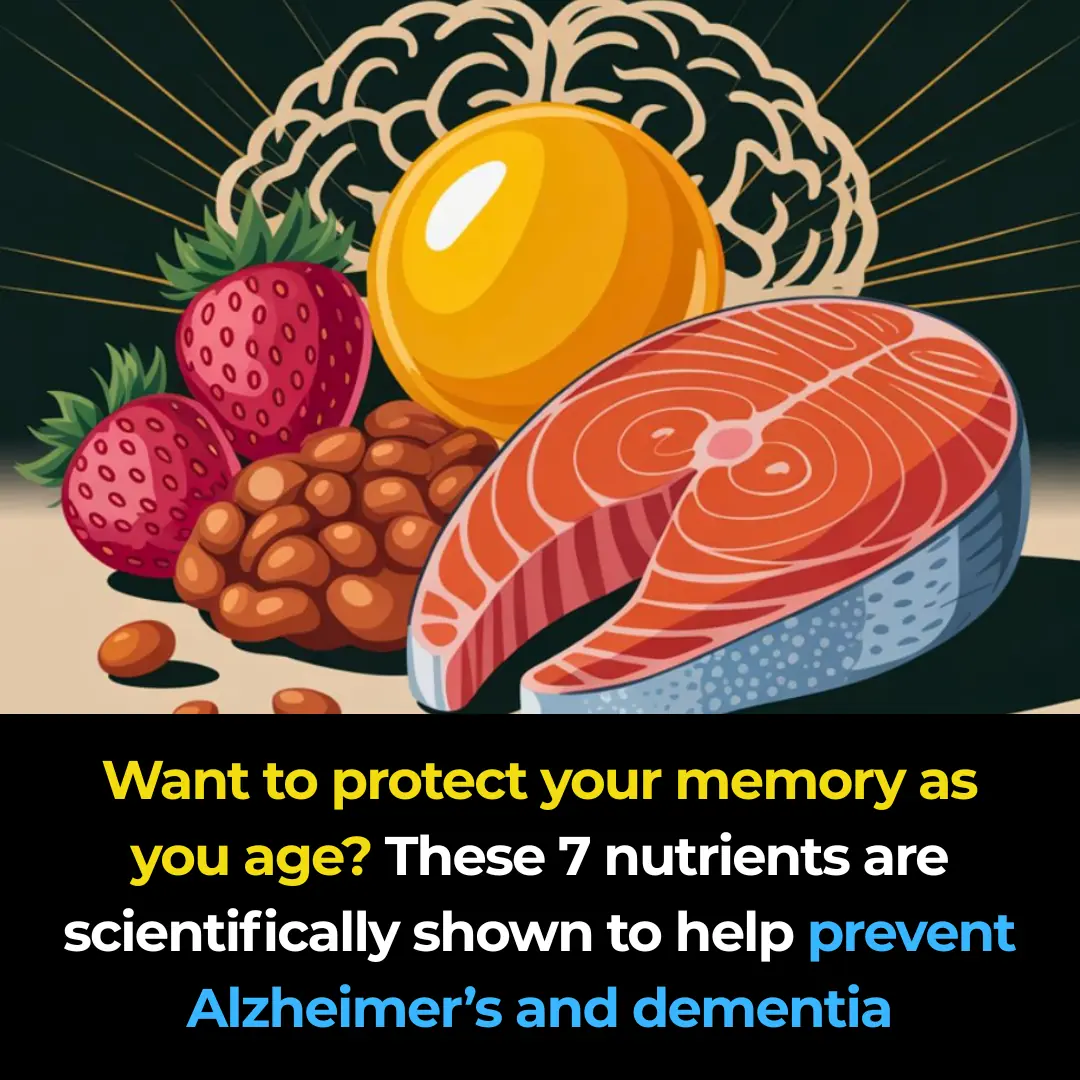
7 Best Nutrients to Prevent Alzheimer’s and Dementia
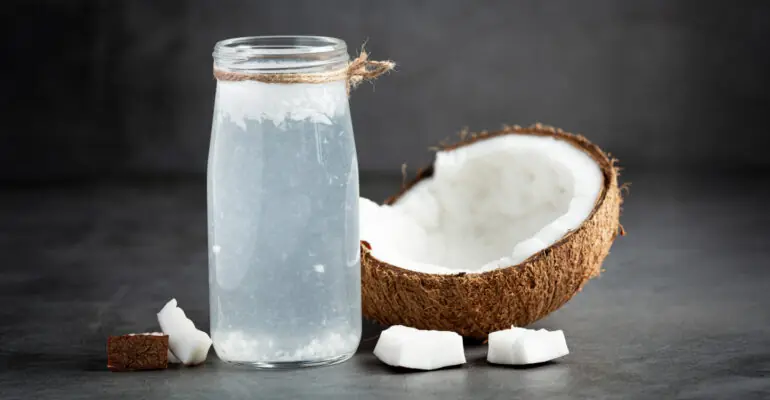
Coconut Water: Healthy Drink or Hidden Risk? Who Should Avoid It
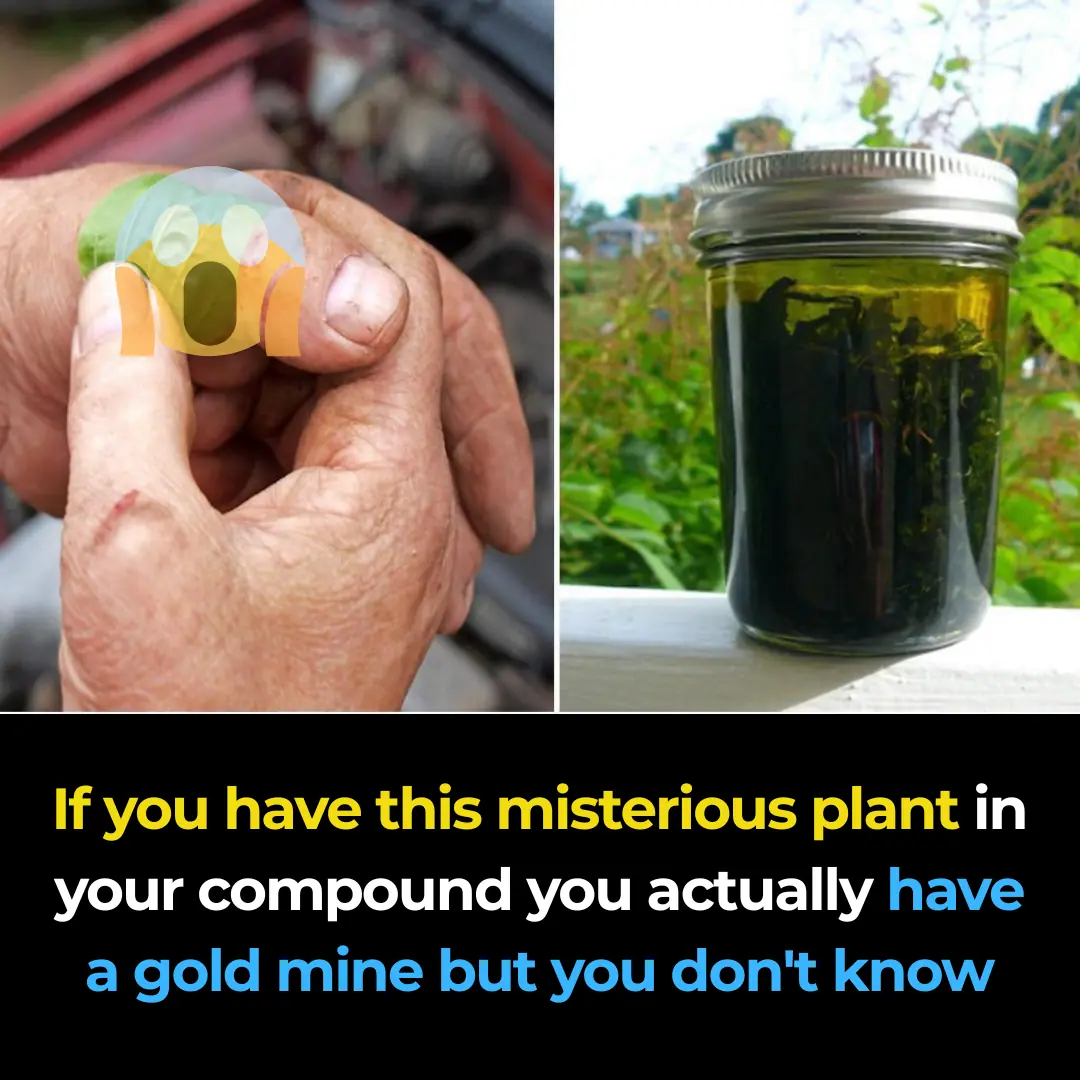
Fact & Health Benefits of Ribwort Plantain
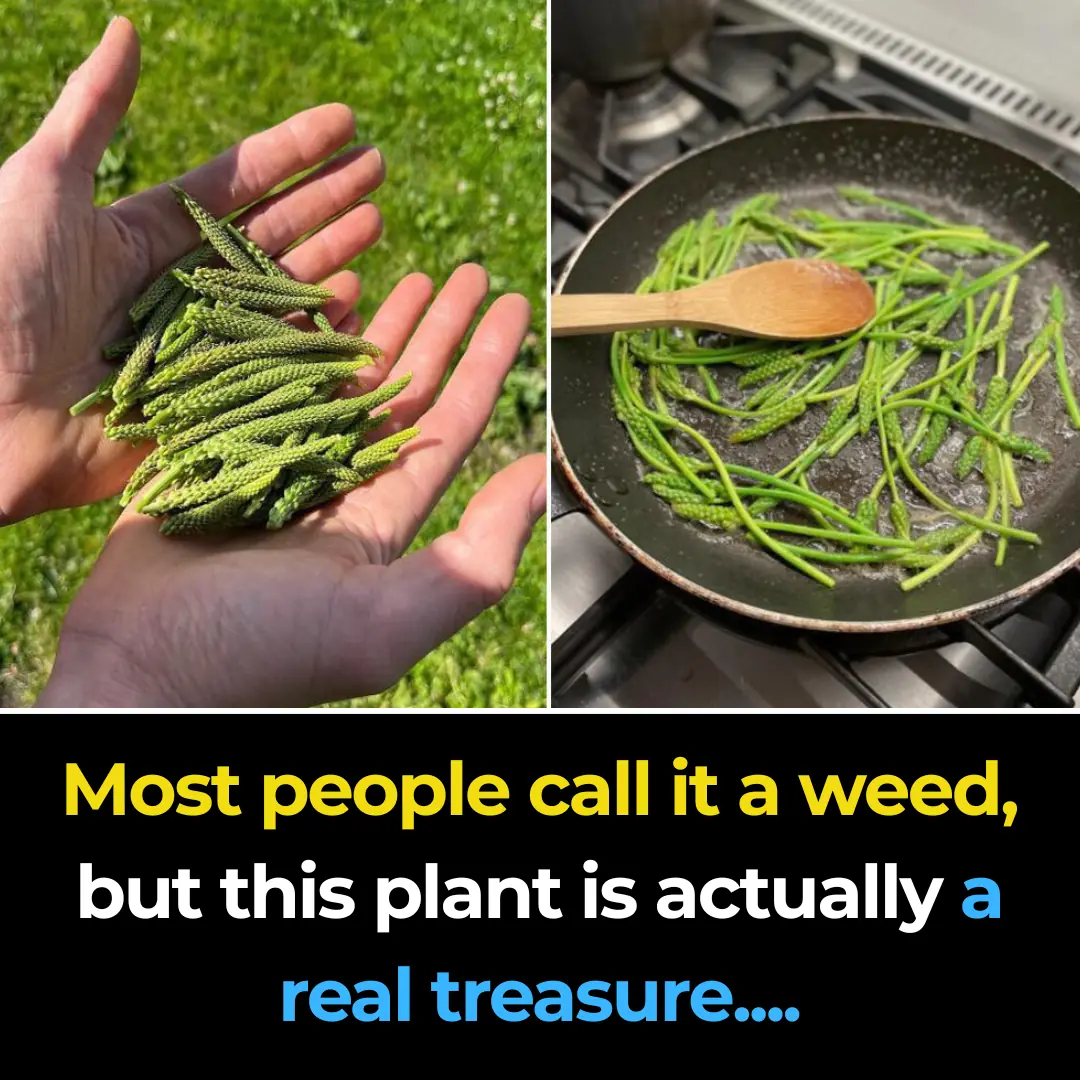
7 benefits and uses of Plantago Major
